Dean's COVID-19 Commentary
-

The COVID-19 Pandemic: A bad week for the pandemic and for the planet
Sep 7, 2021Contrary to hope and expectation, COVID-19 is not in retreat, but resurgent, more than tripling the inpatient census of Coloradans with COVID-19 since July 1. And it’s been another bad week for the planet with extreme weather continuing. Reflecting this urgency, an editorial was published on Sept. 6 by 220 health and medicine journals.Full story -

The COVID-19 Pandemic: Schools are opening and a recommended book on quarantine
Aug 30, 2021Schools across the nation have started in-person, including the three campuses of the Colorado School of Public Health. Two recent posts in the CDC’s Morbidity and Mortality Weekly Report address the pandemic and the safety of K-12 students and staff.Full story -
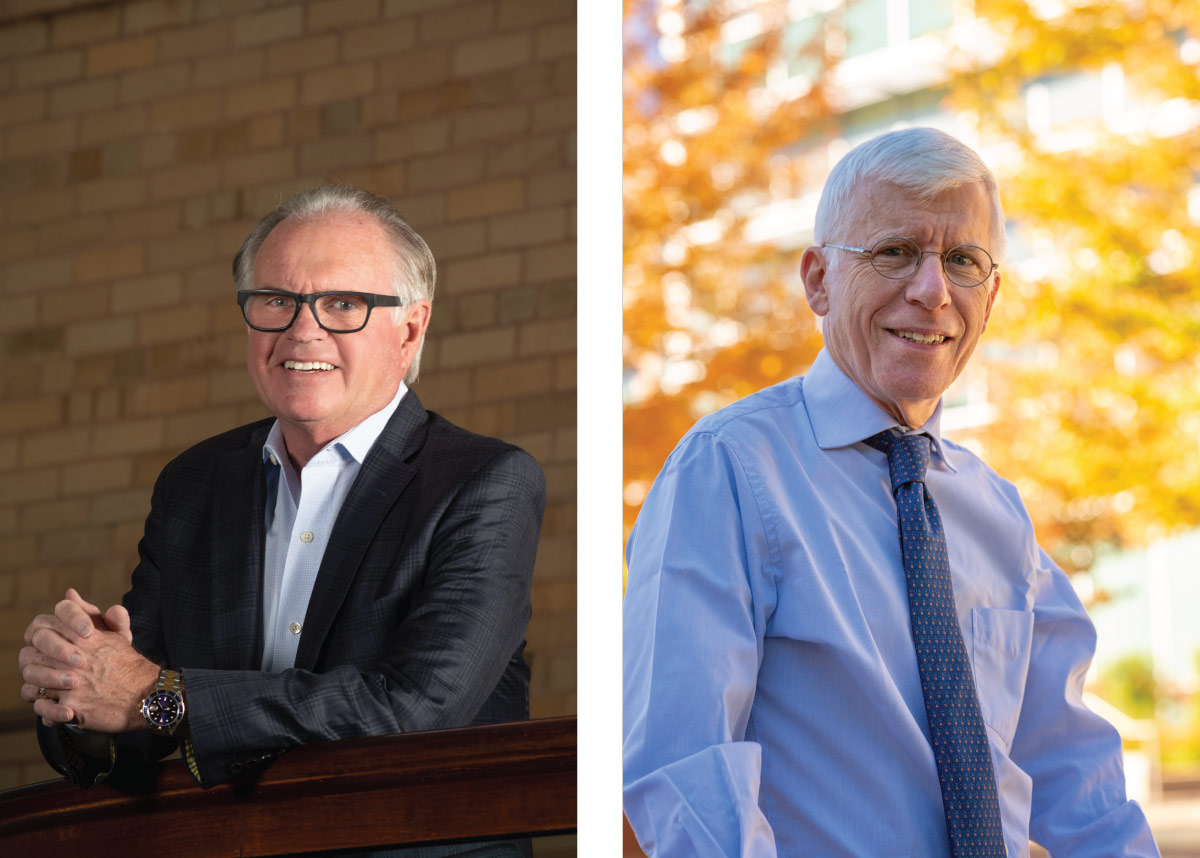
National Immunization Awareness Month has new meaning: Get vaccinated
Aug 25, 2021As science-based, community-oriented organizations, the Denver Museum of Nature & Science and the Colorado School of Public Health have recently updated our COVID-19 policies, recognizing that widespread vaccination is the best strategy for ending the pandemic. If you are not yet vaccinated, we urge you to do so for your own health and for the protection of our communities.Full story -
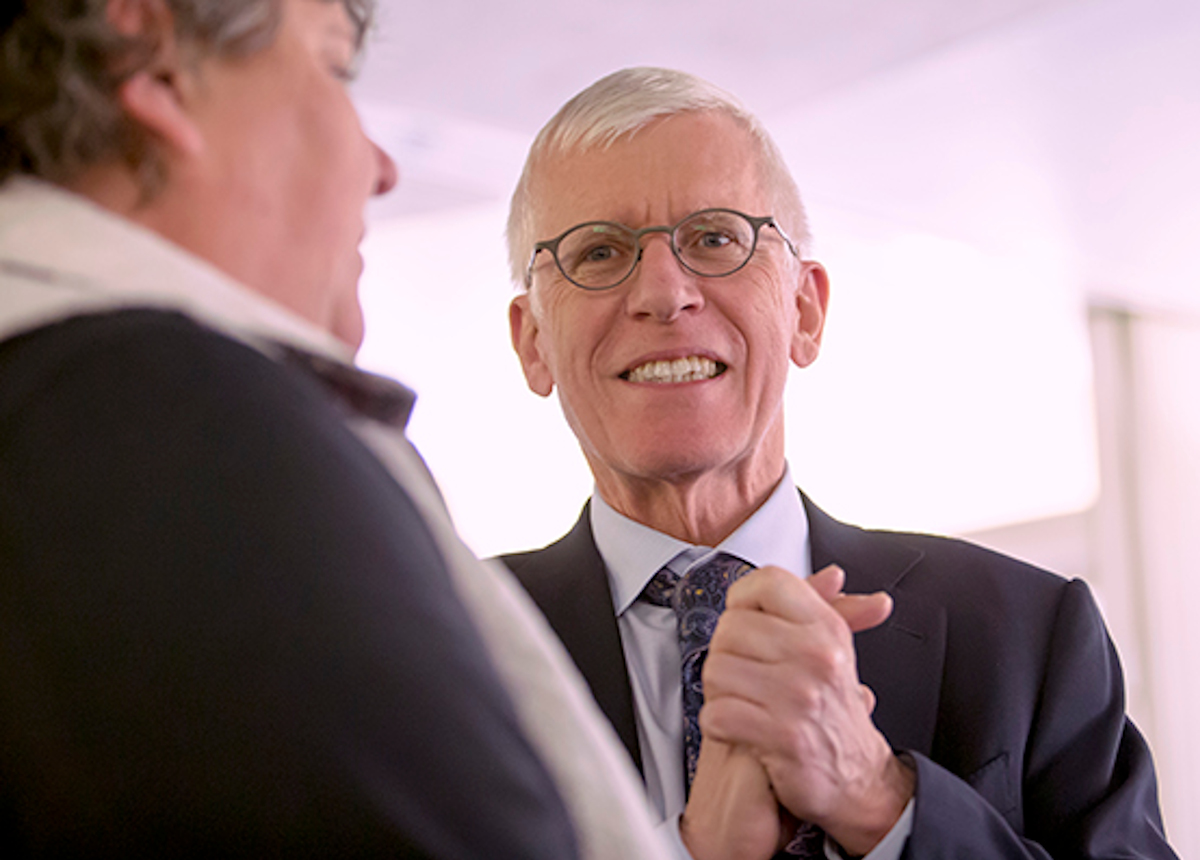
COVID-19: The pandemic rises, booster vaccinations are coming, and Bill Burman comments on local public health
Aug 23, 2021Colorado’s epidemic curve continues to rise without clear indication as to future direction. We remain with more than twice as many people currently hospitalized with COVID-19 than were hospitalized at the end of June. This week, I invited Bill Burman, MD, Chief of Denver Public Health to comment on this bruising 18 months for public health.Full story -

The COVID-19 Pandemic: Vaccine mandates and disturbing concerns about healthcare workers with Dr. Marc Moss
Aug 16, 2021Healthcare providers and hospitals are again seeing a surge and anticipating with dread full intensive care units and COVID-19 wards. Marc Moss, Head of the Division of Pulmonary Sciences and Critical Care Medicine at the CU School of Medicine, wrote to me expressing concern about the impact of another surge on the providers taking care of the COVID-19 patients.Full story -

The COVID-19 Pandemic: More of the same and it’s not good
Aug 9, 2021I start with two numbers: the first—268 Coloradans hospitalized on July 1 with COVID-19 and the second—408 in hospital on August 6, a 50% increase. In Colorado across the summer, the epidemic curve has moved from declining—to stable—to clearly rising.Full story -
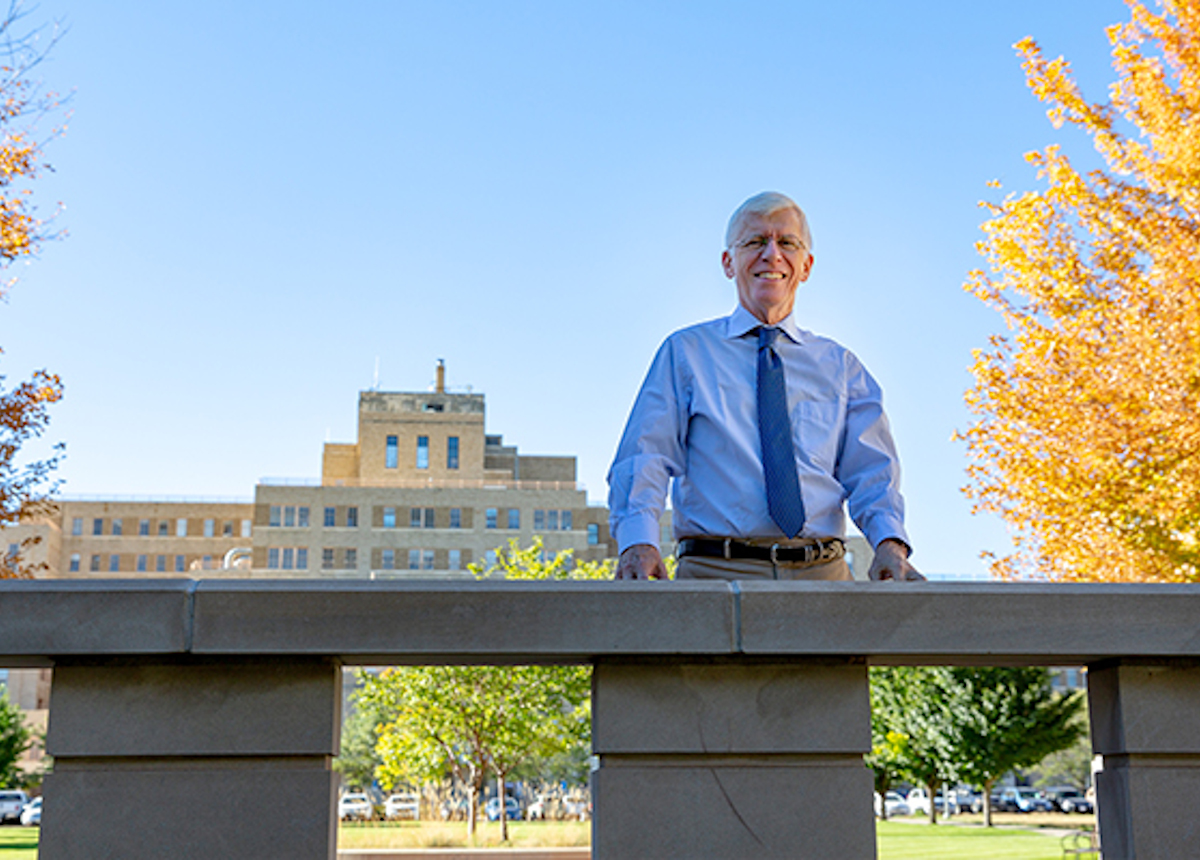
COVID-19: The ever-changing pandemic
Aug 2, 2021The July course of the COVID-19 pandemic has been unfavorable. Over the last several weeks, the message of a return to using masks has been controversial, as the CDC released revised guidelines based on new evidence related to the transmissibility of the Delta variant.Full story -
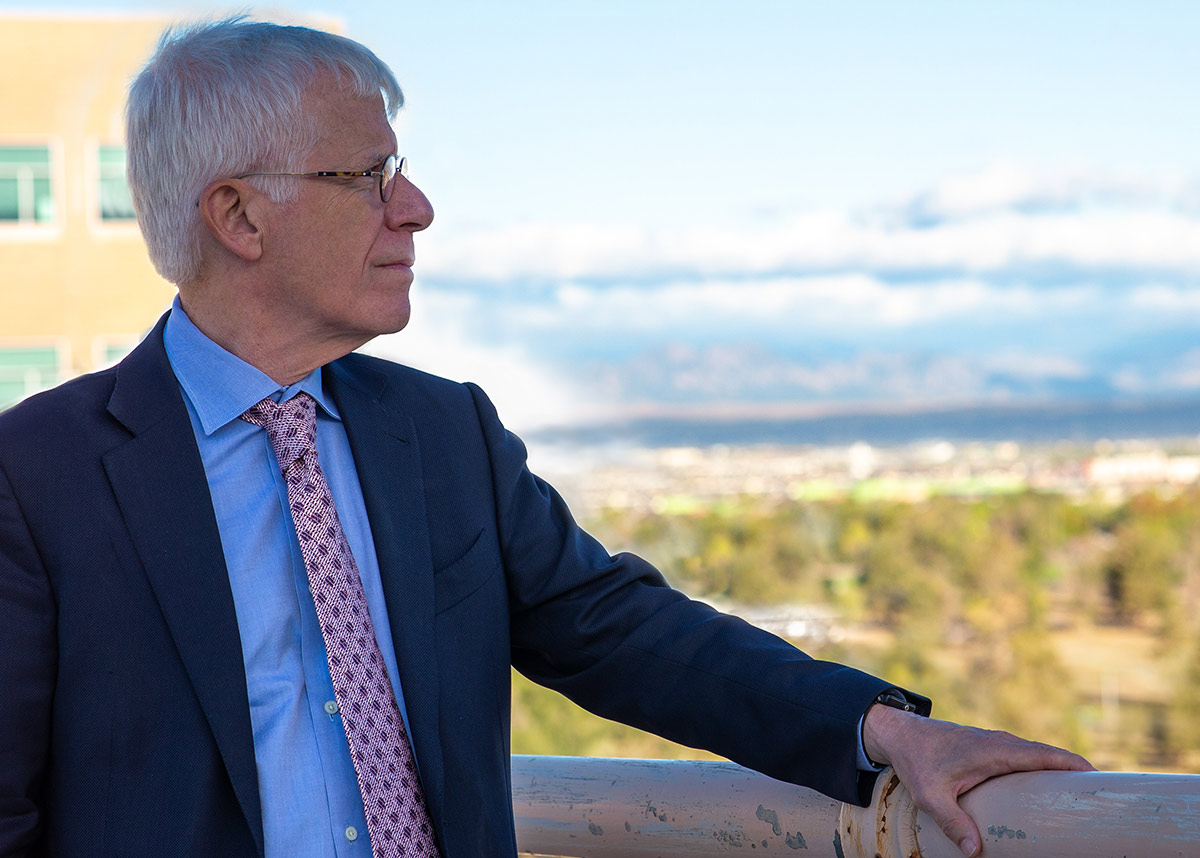
The COVID-19 Pandemic: Equity, diversity, and inclusion—an update from ColoradoSPH
Jul 26, 2021Since the start of 2020, we have lived through momentous times: the COVID-19 pandemic, tumultuous political shifts, and a reawakening to the urgency of addressing structural racism and its reach throughout our society.Full story -
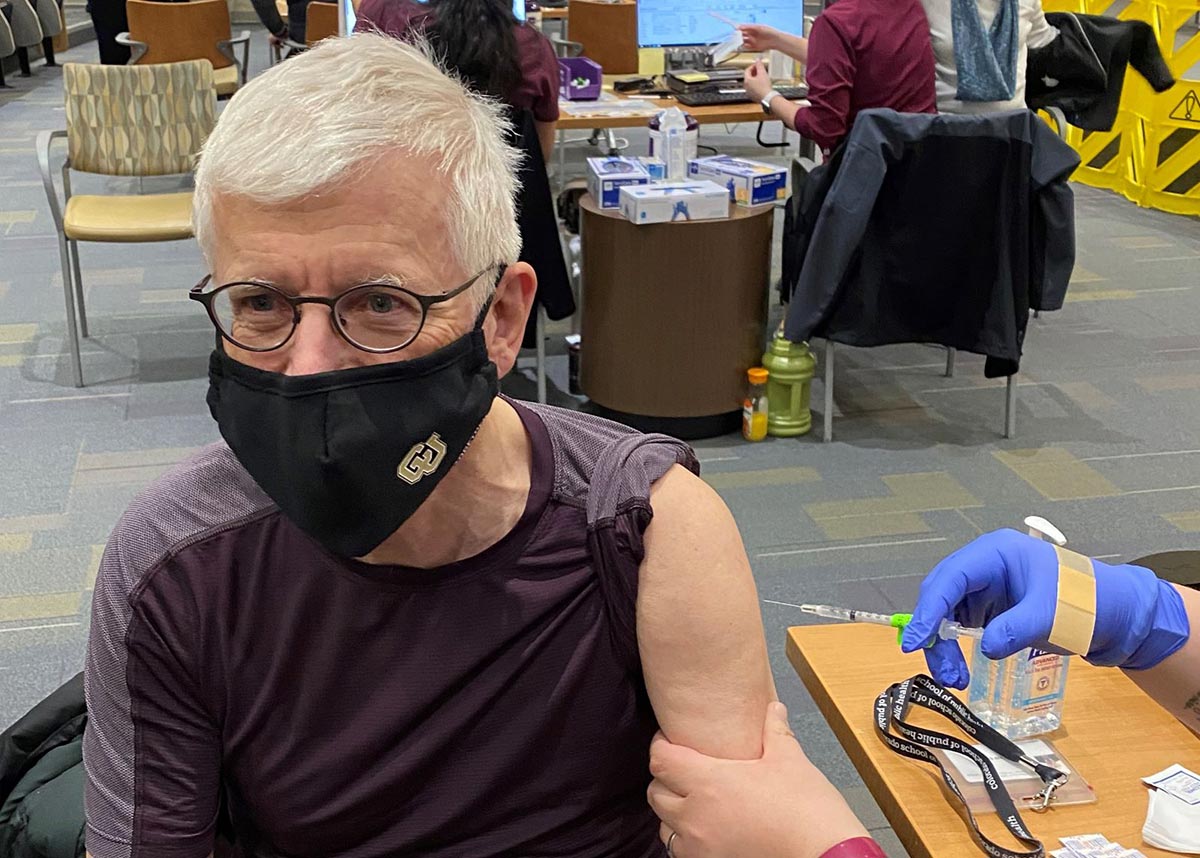
The COVID-19 Pandemic: Does misinformation kill?
Jul 19, 2021All states are experiencing a rise in case numbers and the 14-day change for the United States is +126%. Is misinformation causing people to not be vaccinated and leading to the deaths of some of the misinformed?Full story -

The COVID-19 Pandemic: Politics still plagues the pandemic
Jul 12, 2021We might think that the COVID-19 pandemic has ended in Colorado and the United States. The 2021 Major League Baseball All-Star Game will be played at Coors Field on July 13 and Governor Polis ended all Emergency Public Health Orders on July 8. But I worry that the stain of politicization persists and is costing lives.Full story -

The COVID-19 Pandemic: Independence Day from COVID-19?
Jul 6, 2021President Biden framed the July 4th holiday as a time to celebrate achieving independence from COVID-19 while continuing to speak about the urgency of vaccination. As a nation, we did not reach the goal of 70% of American adults getting at least one dose of an authorized vaccine by July 4th, stalling at 67%.Full story -

The COVID-19 Pandemic: Life expectancy takes a hit
Jun 28, 2021In the United States, the direct death toll from COVID-19 is now about 620,000 with many additional excess deaths resulting from indirect pathways. Not surprisingly, new estimates of life expectancy for the United States show a dramatic decline with an overall decrease of 1.9 years to a life expectancy of 76.9 years.Full story -

The COVID-19 Pandemic: Juneteenth and Pride Month, and the Delta variant is winning the race
Jun 21, 2021Two days ago, June 19, was the first celebration of Juneteenth as a federal holiday, after President Biden signed the enabling legislation on June 17. We should remember the end of slavery while not forgetting its legacy and move forward to reduce the lasting impact of structural racism. June is also Pride Month, commemorating the 1969 Stonewall Uprising in Manhattan.Full story -

The COVID-19 Pandemic: Colorado’s epidemic curve declines, the CDC, and more
Jun 14, 2021During the prior administration, the role of the Centers for Disease Control and Prevention (CDC) in guiding the COVID-19 pandemic response was greatly diminished from what it should have been.Full story -

The COVID-19 Pandemic: Travels in the Southwest
Jun 7, 2021I have been on vacation this week traveling through southwestern Colorado and New Mexico, gaining a picture of pandemic behavior as vaccination drives the epidemic curve down. As a quick summary, travelers behave as though the pandemic has ended, but not everywhere.Full story -

The COVID-19 Pandemic: Memorial Day—remembering the uncounted dead
Jun 1, 2021May 31, Memorial Day, “…is dedicated to the memory of all U.S. Armed Forces who have died while serving their country.” The total of those who have died directly is enormous, but there is another uncounted, and also enormous, toll of those who died after wars from the sequelae of wounds to their bodies and minds.Full story -

The COVID-19 Pandemic: 2019 behaviors reappear as Colorado’s epidemic sputters
May 24, 2021Mathematical modeling of epidemics dates to pioneering work at the start of the 20th century. These models do not project abrupt changes in the course of the epidemic curve. The epidemic curve is anticipated to follow a gradual course, as control measures change (changes in policy and behavior, and the countervailing force of vaccination at the moment).Full story -

The COVID-19 Pandemic: Mask confusion—to mask or not to mask?
May 17, 2021Quite a week: many Colorado counties moved to “Level Clear,” and the Centers for Disease Control and Prevention relaxed its mask guidelines for those who are vaccinated. Turning to Level Clear, adopted by six Denver metro area counties and in force on May 16, most transmission control restrictions are removed.Full story -

The COVID-19 Pandemic: Lying and vaccination
May 10, 2021Beliefs concerning adverse consequences are one barrier to vaccination. Knowingly spreading lies about the consequences of vaccination is another. I recognize why there is a range of beliefs about many health topics, but lying in the face of a pandemic is morally troubling.Full story -

The COVID-19 Pandemic: Promising transitions in Colorado, but a worrisome global picture
May 3, 2021This week, Colorado's epidemic curve stalled with hospitalization counts in the low 600s. The plateau is good news and comes two weeks after the state’s COVID-19 Dial “devolved” and many counties reduced or eliminated policy measures for transmission control. Globally, the vaccination gap is bringing horrific news from India.Full story


